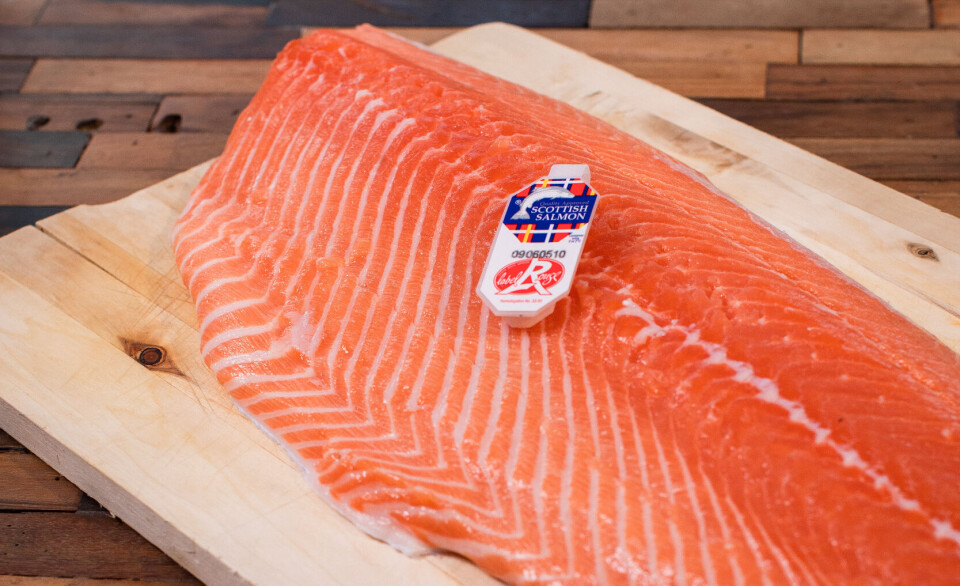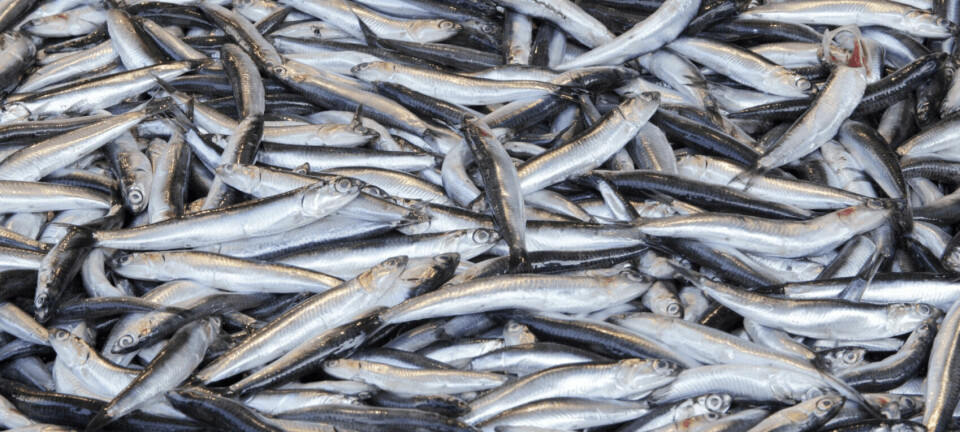
Salmon production fell by 11% last year, Scottish Government confirms
The production of Atlantic salmon decreased by 18,245 tonnes (11%) to 150,949 tonnes (live weight) last year, the Scottish Government’s Fish Farm Production Survey has confirmed.
The sector’s difficulties in 2023 and 2022 are well known and have been blamed primarily on challenges caused or exacerbated by warmer-than-normal sea temperatures. For smolts put to sea in 2021, the last year for which survival can be calculated, the survival rate to harvest decreased to 68.7%, the lowest for 30 years.
Challenges in 2022 and 2023 have included micro-jellyfish and amoebic gill disease.
Better in 2024
Fish farmers have spent millions of pounds on measures to improve fish health and survival, including increasing capacity for freshwater treatments that alleviate gill disease and kill sea lice.
As a result of these measures and lower sea temperatures this year, the 2024 harvest is expected to be 185,207 tonnes live weight, which is higher than both 2023 and 2022 (169,194 tonnes live weight) but lower than the record-high 205,393 tonnes harvested in 2021.
Yesterday, sector trade body Salmon Scotland revealed a 98.18% survival rate on Scottish salmon farms in September, which is traditionally the most challenging month for salmon in the sea. It said that throughout 2024, monthly survival rates have been consistently high, reaching 99.03% in June.
Fewer smolts
The total number of smolts produced in 2023 decreased by 3.6 million (7%) to 51.5 million, perhaps reflecting a move towards larger smolts, which is another way in salmon farmers are seeking to improve fish health and survival.
Production tonnage of rainbow trout increased by 6% in 2023 to 9,258 tonnes. This is the highest level of rainbow trout production recorded in Scotland.
Brown and sea trout production decreased to 16 tonnes in 2023.
In 2023, the total number of staff directly employed in salmon production was 1,480 staff, a decrease of 28 staff compared with 2022. The staffing figures refer to production of Atlantic salmon in seawater and do not include staff involved with processing or marketing activities.




















































